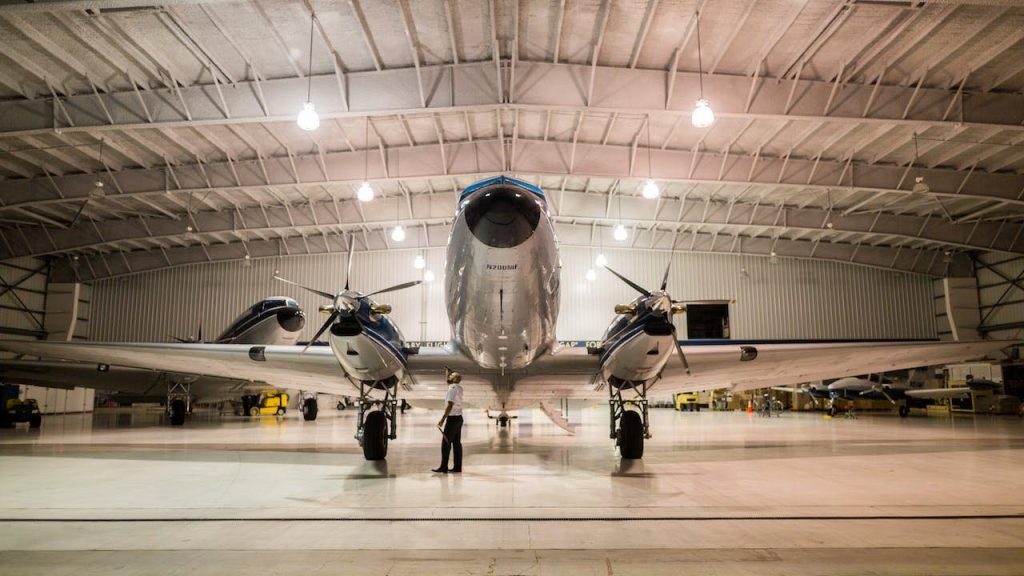Selecting an airplane repair facility is a complicated issue that requires much thought and strategic planning. The decision made by your organization regarding the maintenance of its aircraft can have a big influence on long-term expenses, safety, and operational effectiveness. Here are five important factors that you should carefully consider before selecting an aviation repair facility.
1. Regulatory Compliance: Upholding Aviation Standards
It is crucial to make sure the repair facility of choice complies with stringent aviation requirements. The cornerstone of a dependable and trustworthy maintenance partner is regulatory compliance. Examine whether the facility has the required approvals from aviation authorities, such as the American Federal Aviation Administration (FAA). In addition to having the necessary certifications, a respectable maintenance facility will also show that it is dedicated to continuous compliance and following industry best practices. This promise, which guarantees that your aircraft will be repaired in compliance with the highest safety and quality requirements, is crucial for the comfort of your business.
2. Technical Expertise and Specializations: Precision in Aircraft Care
One crucial factor to take into account is the employees’ technical ability. Because aircraft are complex devices, you should consider facilities like Tronair which have highly-trained maintenance staff. Consider the staff’s familiarity with the make of your aircraft and any avionics or specialty equipment that needs to be installed. Find information about the facility’s expertise in addition to its general maintenance skills. While some facilities could specialize in engine overhauls, others might excel in avionics upgrades. A thorough comprehension of the facility’s technological capabilities guarantees that your aircraft will get accurate and customized maintenance.
3. Facilities and Equipment: The Infrastructure for Excellence
The maintenance facility’s equipment and physical infrastructure are important components that have a direct influence on the effectiveness and caliber of the repair process. Examine the hangars to make sure they have the newest equipment and tools available. Sufficient hangar capacity is crucial since it facilitates concurrent repair on many aircraft. Just as important is the availability of specialist equipment. A well-equipped facility, from testing equipment to diagnostic instruments, demonstrates a dedication to accuracy and diligence in maintenance processes. Examine the facility’s order and cleanliness since they are often signs of the facility’s attention to detail and dedication to quality.
4. Turnaround Time and Flexibility: Minimizing Ground Time
The reduction of aircraft ground time is a primary objective for every aviation operation. The chosen maintenance facility should exhibit a dedication to quick turnaround times without sacrificing the quality of the job. Examine the facility’s past turnaround times, especially for jobs that seem a lot like the ones your aircraft would need. Scheduling flexibility is still another important component. Unexpected problems or urgent maintenance requirements might occur, so having a facility that can work with your business’s changing schedule is essential. Your aircraft will spend more time in the air and less time on the ground with a maintenance partner that can balance speed and accuracy, which will improve fleet performance and operational efficiency.
5. Reputation and References: A Track Record of Trust
The standing of a repair facility in the aviation sector speaks volumes about its competence and dependability. Investigate the facility’s history in detail and ask other operators and industry participants for their opinions. Reputable aviation organizations’ endorsements and positive testimonies might provide insightful information about the facility’s capabilities. Examine the facility’s connections to industry groups and aircraft manufacturers. A dedication to being up to date with industry innovations and best practices is typically indicated by a robust network of relationships. Ask about the facility’s general customer satisfaction ratings as well as its capacity to handle and resolve any problems that could come up during the maintenance procedure.
Conclusion
A careful assessment of regulatory compliance, technical proficiency, facilities and equipment, turnaround time, and reputation is necessary when choosing an aviation maintenance facility. You can collaborate with a maintenance partner that not only meets but is beyond industry standards by carefully weighing these factors. This calculated decision guarantees that your aircraft is in the capable hands of professionals dedicated to accuracy, security, and superior performance.
